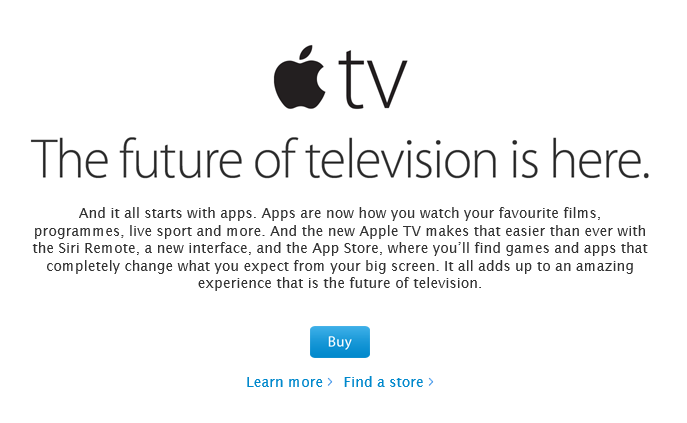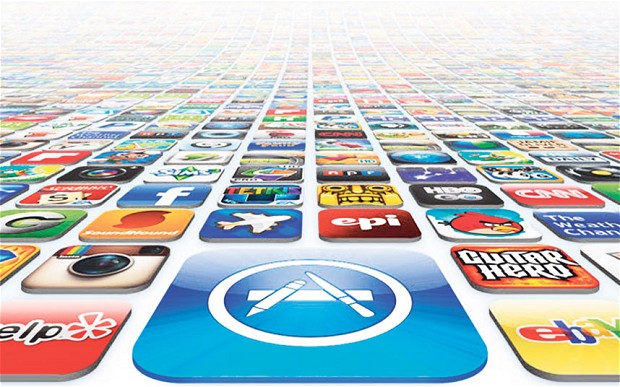As the world of technology develops, many people are beginning to wonder if we are moving into a “post app world.” First, we need to define the term app. If we use the term app to mean ‘application’ then we certainly are not in a post app world and never be. An application is a type of software that allows you to perform specific tasks. Applications for desktop or laptop computers are sometimes called desktop applications, and those for mobile devices are called mobile apps. When you open an application, it runs inside the operating system until you close it. This would include applications like Mail, Safari, Chrome, Calendar etc..
If we take the more narrow definition of an ‘app’ being a program that a user downloads to their device. e.g. downloading an app in iTunes and installing it on their iPhone, then there are new technologies already available that make a ‘post app’ world more of a reality.
Even using my second, and probably the more accepted definition of an app, we are not in a post app world. You only have to look at the app download rate. In 2009, worldwide mobile app downloads amounted to approximately 2.52 billion and are expected to reach 268.69 billion in 2017. There may be a growing ‘app-athy’ but the statistics show that people are still downloading apps. That said, there are cool concepts and technologies available now that make a world without apps more of a possibility.
It’s worth noting that Apple continues to bet on apps. For example, when Tim Cook announced Apple TV 4 at the September 2015 Keynote he said “The Future of Television is apps” Watch the Apple Special Event – skip forward to 52mins 56secs.

On the other hand, Google is betting heavily on a future without apps. With their introduction of the Physical Web concept they have shared their vision of a world where a person can ‘interact with the physical world without first downloading an app’:
Here’s what Google say on GitHub: google/physical-web
The Physical Web is an effort to extend the core superpower of the web – the URL – to everyday physical objects. Our core premise is that you should be able to walk up to any “smart” physical object (e.g. a vending machine, a poster, a toy, a bus stop, a rental car) and interact with it without first downloading an app. The user experience of smart objects should be much like links in a web browser: i.e., just tap and use.

- The Physical Web enables you to interact with Physical Web objects through a simple URL. In this case- we interacted with a rental car. Check it out here.
To learn what is possible with the Physical Web we’ve shared case studies and ideas here omn our PassKit blog: https://passkit.com/blog/physica…
One recent technology advancement to allow Google’s Physical Web Project to become a reality is HTML5. This hyper text markup language version was finalised, and published on 28 October 2014 by the World Wide Web Consortium (W3C). HTML5 is now allowing for ‘app-like’ experiences from within the web. From a high level non-technical perspective, HTML5 sites are great for information (news, reference, sports, weather etc), e-commerce applications (shopping, daily deals, travel booking), and every other vertical that is about sharing information, delivering online functionality, location based services, and delivering multi-media (music, video etc). HTML5 does not require a user to download/install an app on their device, placing the experience within their native browser app, although this does require the user to have a network connection.
Developing for the web with HTML5 can actually be better than native apps, simply because you can iterate, change, AB test, and update the HTML5 site all the time, for all your users, regardless of which version they “installed”. This gives HTML5 sites the type of flexibility that results in some great experiences.
Another reason driving developers to create HTML5 sites is that they no longer need to worry about supporting multiple operating systems. HTML5 sites work across many platforms.
For these reasons, I expect to see a rising wave of mobile HTML5 sites, behaving more like ‘apps’, coming to the market.
However, if you are looking to develop a game today, or any app that needs a lot of CPU power, a developer is still better off building an app that the user needs to ‘install’ on their device.
You can find nice HTML5 games to play online but they tend to be simple, casual games, or social experiences. To play a fast moving, action game, you will still have to look for and install apps on your device.
While challenging to predict the future, we know that CPUs are getting stronger, networks are getting faster and globally available, and future mobile browsers can easily expose more hardware capabilities to HTML5. Making HTML5 able to provide solutions even for more demanding experiences.
Given the focus and investment the 2 tech giants (Apple and Google) are putting behind their visions I think we will continue to see a combination of app based and non-app based experiences. Perhaps what we may start to see is a shift to a world where a person doesn’t ‘feel’ they are downloading an app. They will simply experience and interact with the (online and offline) world by ‘simply using their devices’ while applications perform the heavy lifting in the background.




